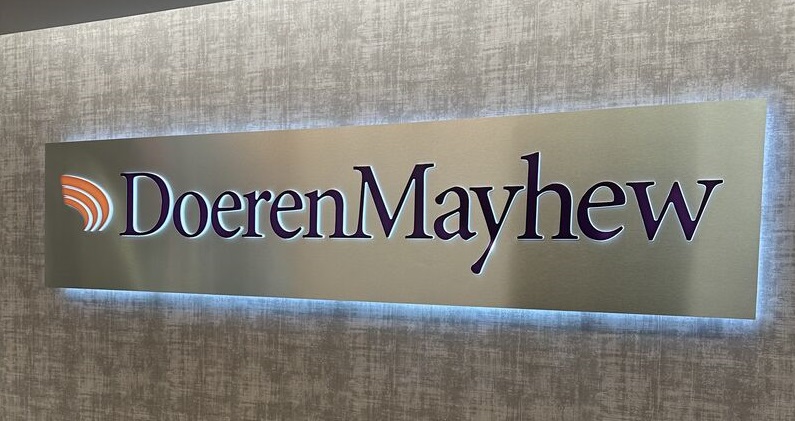The Great Resignation hit employers hard in 2021, with more than 48 million people quitting their jobs. Unfortunately, this trend has abated slowly, as another 8.6 million people left their jobs in the first quarter of 2022.
Your clients need to survive The Great Resignation, and your bottom line needs them to survive, too.
If you want to help your clients survive this phase, the following guide is a good starting point and what we’ve successfully used for our clients.
1. Help the Business Understand Whether They’re Ready to Hire
Businesses may be flush with cash or even struggling to maintain cash flow, but neither means now is or isn’t the right time to hire. Too often, a business will hire a new employee because they have additional money to spend. Now is a particularly challenging time to address hiring, as we seem to be between a period of high-growth and a slowdown (possibly even a recession).
But hiring for just any position doesn’t make sense. For example, would adding a new salesperson be the best choice for the business? How about hiring:
- An in-house marketing professional?
- A warehouse worker?
- A manager?
- An IT professional?
It’s your job to guide clients to hire the right fit for their business. Sit down with your client and ask questions to learn what position(s), if filled, would add the most value to the business.
Businesses often don’t know when the right time is to hire someone, so they’ll hire too early or too late. Using client data and financials, you can help them hire the right employee at the right time.
2. Define the Employee’s Role
Let’s pretend you have sat down with your client and agreed that they need a new salesperson. From here, you’ll want to define the employee’s role to ensure that they’re a good fit for the business. A few things to consider are:
- What are the non-negotiable must-have skills and knowledge required for this position?
- What does the employee bring with them? Does the employee have pre-existing relationships that can help your client’s business? Perhaps the person brings referrals with them.
- What background are you looking for in a salesperson?
- What level of training will the business provide?
- What hard and soft skills should the person have?
It’s critically important to separate the attributes you need from this hire as compared to traits that it would be nice to have. If you sit down and define the ideal employee that your client needs, it will be easier to weed through potential candidates and create a desirable compensation package. After all, each job offers leads to an average of 250 resumes. Clearly defining the employee’s role can help reduce this figure drastically and make it easier to attract the right candidates.
3. Create a Compensation Package That Retains Talent
Compensation attracts talent, and if you don’t offer a good package, employees will search for better offers elsewhere. A few things to consider are:
- How will the employee be compensated? Base salary? Commission? Hourly? A mix of compensation?
- If the employee can earn commissions, how is the commission based? Will the salesperson earn money on the profits or gross sales? (I always advise clients to incentivize the results that are most critical.)
- What benefits does a person in this industry expect?
- Will you provide health insurance, life insurance, 401(k), gym benefits, tuition assistance, and so on?
Employees want to be successful, and each employee will have a different view of what success means. Someone may view success as a six-figure position. In contrast, others would be much happier with a lower salary but more vacation time, better health insurance, continuing education perks and other benefits.
If you help your client understand what top-tier talent demands in today’s workforce, you’ll have an easier time helping them create the right compensation package for any open role.
Once you have a compensation package that your client is happy with and you know will attract the best talent, it’s time to take the next step to finding the right talent.
4. Help the Client Find the Right Talent
Finally, it’s time to help your client find the right talent. Consider using multiple approaches at once for the best results. For example, you may want to use the following avenues to find talent:
- Referrals from clients, vendors, existing employees, and other contacts
- Social media
- Indeed
- Recruiters (although this tends to be expensive and isn’t always successful)
- Career sites and job boards
Which avenue or set of avenues will work best for your client will vary. Don’t be afraid to try new outlets. For example, if they’ve always used a recruiter and have had mixed results, consider trying referrals and social media.
Final Thoughts
Surviving The Great Resignation is possible, but your client may need a little help to transition to the new mindset of employees. The time when money was all that mattered to employees is fading away, and more employees are focusing on cultural fit, benefits, and growth with employers.
The steps above are a good starting point to guide your clients through this turbulent time in business.
—–
Christopher Hayden, CPA, CMA, CGMA is the managing partner of Hayden Nelson & Yoder, a CPA firm based in Pennsylvania. You can learn more about him and/or the firm on their website https://hnycpas.com/.
Thanks for reading CPA Practice Advisor!
Subscribe Already registered? Log In
Need more information? Read the FAQs
Tags: Benefits




